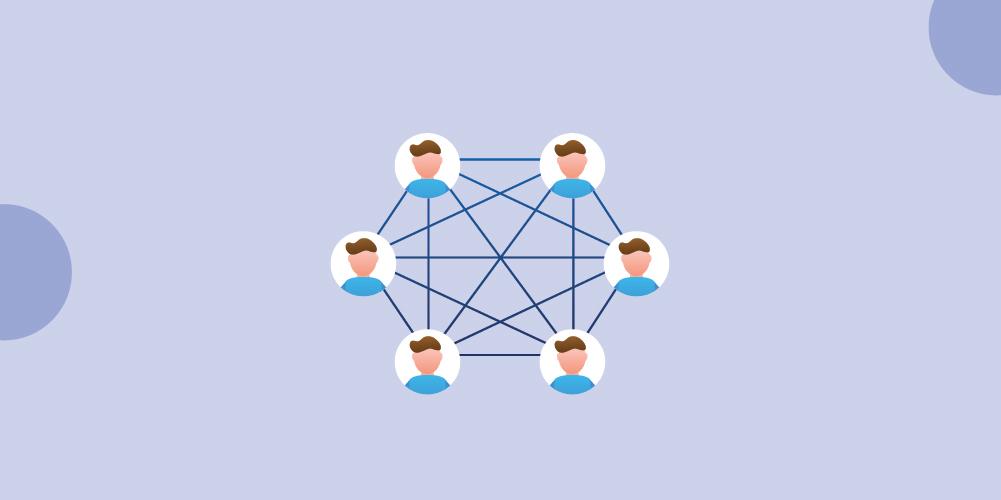What is DeFi? A Simple Guide to Decentralised Finance
Reviewed by: Fibe Research Team
- Updated on: 10 Apr 2025
Reviewed by: Fibe Research Team

For years, banks and financial institutions have controlled money and transactions. But what if you could manage your finances without a bank? That’s exactly what DeFi (Decentralised Finance) offers — a way to lend, borrow, trade and invest directly using blockchain technology.
Read on to understand what DeFi means, how it works and why it’s changing the way people handle money.
DeFi full form is Decentralised Finance. It’s a system that lets people access financial services without relying on banks or other middlemen. Instead, it uses blockchain technology and smart contracts to automate transactions securely and transparently.
Think of what decentralised finance is like an open financial system. Anyone with an internet connection can participate — no paperwork, no credit checks and no waiting for approvals.
DeFi is built on blockchain technology and operates through:
Smart contracts are like self-executing agreements written in code. Let’s say you borrow money through DeFi. The contract automatically enforces repayment terms — no need for a bank or third party.
These are platforms that let you lend, borrow or trade cryptocurrency. Instead of logging into a bank app, you use a DeFi app.
DeFi runs on public blockchains like Ethereum, where every transaction is recorded for transparency and security.
DeFi mainly uses digital assets like Ether (ETH) and stablecoins (e.g., USDC) for transactions. This makes sending money faster, cheaper and borderless.
Wondering where DeFi is used? Here are some DeFi examples that are popular today:
These platforms show what DeFi means—giving people control over their own financial transactions.
DeFi offers some major advantages over traditional banking:
No bank account? No problem! DeFi gives financial access to anyone with an internet connection.
No middlemen = lower fees for transactions, loans, and trading.
Unlike banks, you are in charge of your funds—no freezing of accounts or hidden charges.
DeFi allows users to earn money through staking, lending and yield farming (more on this later).
While DeFi has a lot of benefits, it’s not perfect. Here are some challenges:
Since DeFi isn’t controlled by banks, governments are still figuring out how to regulate it. This could impact its growth in the future.
If you’re new to crypto, using DeFi platforms can feel confusing at first.
While blockchains are secure, DeFi platforms can be hacked if there are bugs in the smart contracts.
Some blockchains, like Ethereum, get congested, causing high transaction fees.
| Feature | Traditional Finance | Decentralised Finance (DeFi) |
|---|---|---|
| Who controls it? | Banks & institutions | Users (no middlemen) |
| Transparency | Limited | Everything is public |
| Who can use it? | Only those who qualify | Anyone with internet |
| Intermediaries? | Required | None |
DeFi is growing fast and new innovations are making it more secure and user-friendly. If adoption continues, we could see a future where traditional banks become less necessary and financial services are more open and accessible to everyone.
Now that you know what DeFi is, it’s clear that decentralised finance is changing the financial world. It gives people more control, lower costs, and new ways to invest. Of course, there are risks, but as DeFi technology improves, it could become a mainstream way to handle money.
Need quick funds? Fibe offers instant loans up to ₹5 lakhs with flexible repayments. Download the app or visit our website to apply now!
Yes! People earn through lending, staking, and liquidity mining. But remember, there are risks like market volatility and hacking.
Bitcoin is a digital currency, while DeFi is a whole financial system that includes lending, borrowing, and trading.
DeFi stands for Decentralised Finance — a financial system without banks or middlemen.